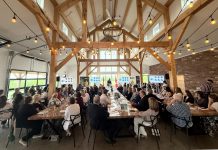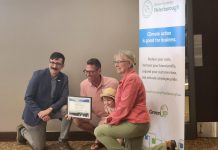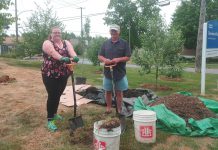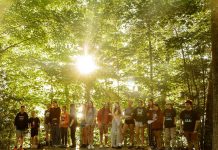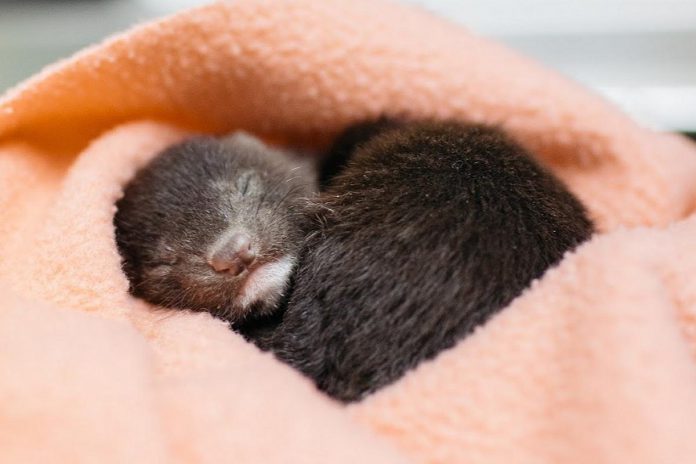
It’s been said that a society can be judged by the way it treats its animals, but that isn’t what drives Thom Luloff and all those associated with the Kawartha Wildlife Centre.
Rather, their compassion is rooted in something less lofty but no less sincere — that caring for injured and sick wildlife is simply the right thing to do.
Until this past June when it announced what was termed a temporary shutdown, the Ennismore-based volunteer-run charitable wildlife rehabilitation organization was able to do its important work. Then the money ran out.
At that point, Luloff, chair of the centre’s board, in conjunction with board members, had two options: call it a day or find a way to eventually re-open the centre with an eye on its sustainability over the years ahead.
“It would have been very easy to say ‘We’re done,'” admits Luloff, adding “lots of discussion” followed the closure with a number of centre-saving options considered.
“We spent seven years building this organization and doing this service for the community, and we met some great people along the way, but we had never done a community-wide appeal. We decided, as a board, to do that. Let’s put this out to the community. This is our last chance (to keep the centre open).”
VIDEO: Kawartha Wildlife Centre featuring Thom Luloff
The result is an ambitious fundraising campaign that was launched last Friday (December 8), the goal being to raise $200,000 by June 1, 2024. As of this writing, some $25,000 had come in.
“We don’t want to see the centre close (permanently) but it will if this appeal isn’t successful,” says Luloff.
“The ball is in the community’s court. We’ve done everything we can to try and keep us going, through the pandemic, through huge inflation with massive cost increases — it’s been a real challenge. We’re a young charity. We didn’t have a whole lot of years before COVID.”
While the organization was founded in 2017, the centre itself opened in 2019 at 470 Robinson Road in Ennismore. Since then, its volunteers has cared for more than 2,000 wildlife ‘patients’ ranging from porcupines to great blue herons to owls — 134 species in total. Since opening, the patient caseload has increased by close to 350 per cent.
Back in June, a shortfall in volunteers combined with the resignation of the centre’s authorized wildlife custodian — to legally practice wildlife rehabilitation in Ontario, a person must by authorized by the Ministry of Natural Resources and Forestry — forced the difficult decision to close the doors and examine a possible course forward.
Of note, the centre has always been reliant on community support, a reality necessitated by the fact that it isn’t eligible for any government funding as spelled out in Ontario’s Fish and Wildlife Conservation Act. That, says Luloff, means all wildlife rehabilitation providers in the province “have to go the charitable route.”
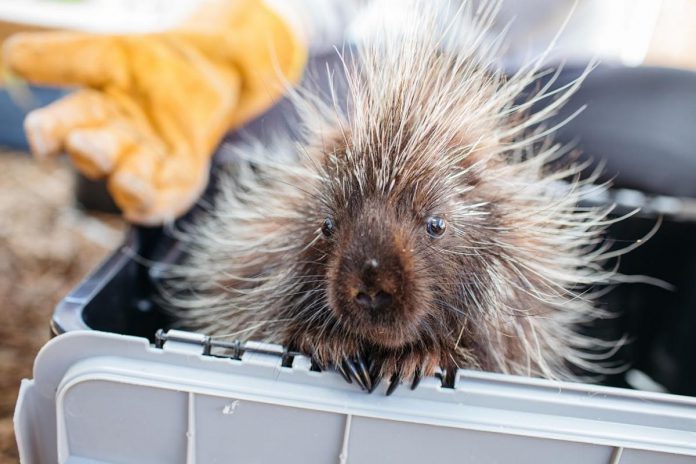
While raising the funds needed to re-open is one challenge, another is securing enough volunteers to keep it operating as it has. However, Luloff says if the fundraising campaign falls short of its target, that will be a moot point.
“As we get closer to spring, when things gets busy and it looks we can re-open, we’ll be putting out a call for volunteers,” he says. “We’ve always been a volunteer model with very dollar going toward wildlife care. We can’t attract the same number of volunteers that we did before the pandemic. Life has changed for a lot of people. We can’t continue to operate as a volunteer-run-only organization. We still have a need for volunteers but they can’t be it because it (wildlife care) is a 24-7 job.”
“At this point, it’s about the money. We don’t want people to step forward and say ‘Yeah, I want to come and help’ if there’s no money to hire staff. We’re not going to open if we’re not able to do that.”
Should the campaign hit its target goal or ideally surpass it, Luloff says the board has looked beyond the immediate need, adopting a plan that will ensure there’s “a sustainable pot of money to take us forward.”
“This campaign is about setting us up and making sure we have a three-year buffer to be able to continue our service forever — sustainability moving forward with at least one full-time staff person whose role would also include some fundraising, some purpose-built pieces. That’s the missing piece that will allow us to be able to do our work going forward as opposed to relying on volunteers only.”
While he’s “encouraged” by the community response to date, Luloff says he’s well aware “that these are exceptionally challenging times for people. The socioeconomic challenges we are facing in this area are huge.”
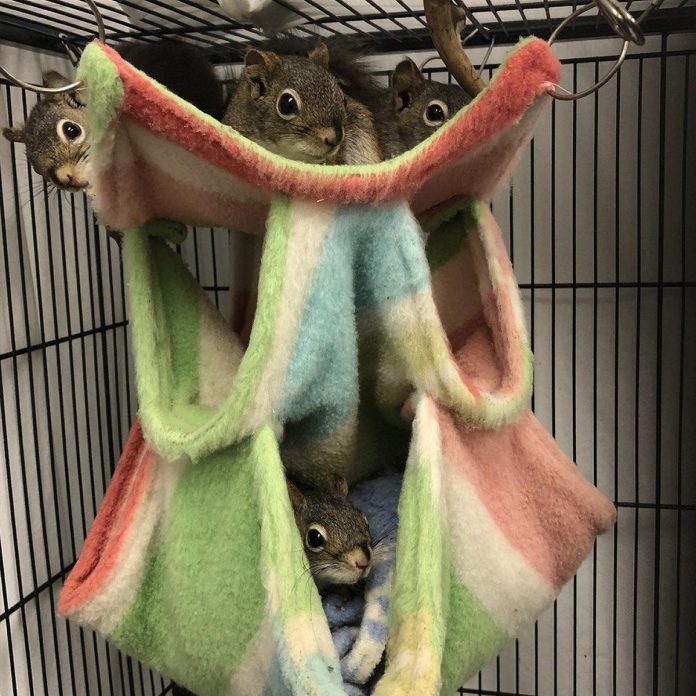
“There are so many charities that are on the verge (of shutting down permanently), just like we are,” Luloff notes. “The need has never been stronger and the resources have never been lower. I’m very much aware it’s a large ask and that there are a lot of competing priorities.”
That said, the centre is making it as easy as possible for people to give, the simplest way being online at www.kawarthawildlifecentre.ca where a link will take visitors to the Canada Helps donation page. The centre will also accept cheques mailed to 470 Robinson Road, Ennismore, Ontario K0L 1T0.
“If people are unsure if they want to donate now, they can pledge money. We’ve created a pledge form on our website with pledges due on June 30th. So if you want to give but don’t want to donate until you’re sure the centre will re-open, we encourage you to pledge money. That way you’re not out of pocket if the centre doesn’t re-open. We’ll cancel the pledge if we’re not reopening.”
Tax receipts are issued for donations. In the case of pledges, they will be issued for the 2024 taxation year.
Meanwhile, calls are being made to potential corporate donors, with Luloff noting every option is on the table, including naming rights for the centre.
If the campaign target is hit by June 30 — the total of money received and money pledged — and required staff and volunteers are in place, the centre will re-open, possibly as early as July 1. In the event the campaign hits its goal earlier, an earlier opening date is possible.
Luloff, a conservation biology professor at Fleming College, is hoping for the best.
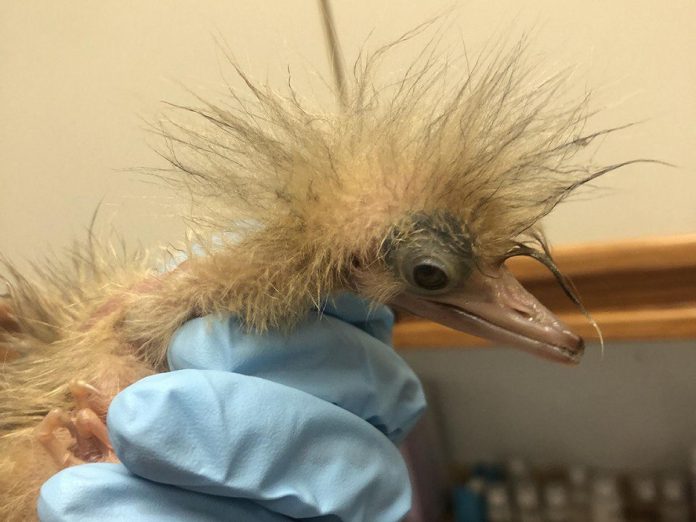
“This work is a labour of love,” Luloff says. “Sadly, there’s a lot of pain and distress you deal with. We see animals at their worst. Hit by a car, damaged in some way, injured, sick … we see a lot of sadness. All of us have come to do this work usually because we’ve seen something and tried to do something about it and realized ‘Wait, there’s nothing available’.”
“What keeps us here is knowing that there are a lot of people who do care and want to see wildlife not affected by humans as much as it is. Almost every single patient brought in isn’t brought to us by accident. There’s been some sort of human-wildlife interaction that ended negatively.”
“We are so fortunate to be in Canada where we have this nature around us and yet we’re one of the few countries that does absolutely nothing in terms of helping animals when they need help. That’s why we exist. There is a gap between what we’re doing on the ground for these animals versus what they need.”
For more information about the Kawartha Wildlife Centre and to make a donation or pledge, visit www.kawarthawildlifecentre.ca.













